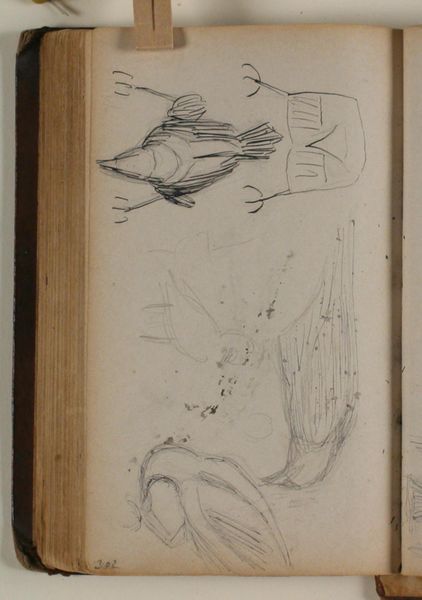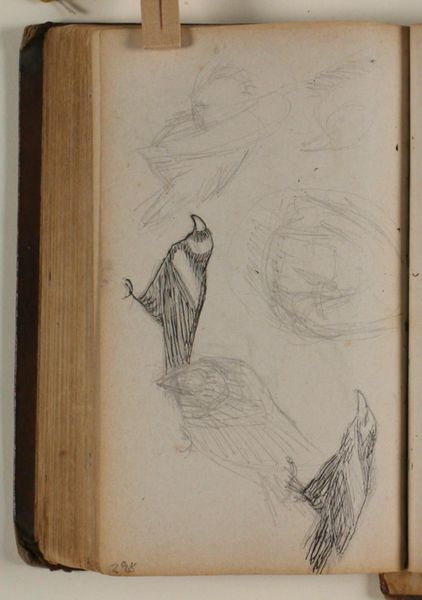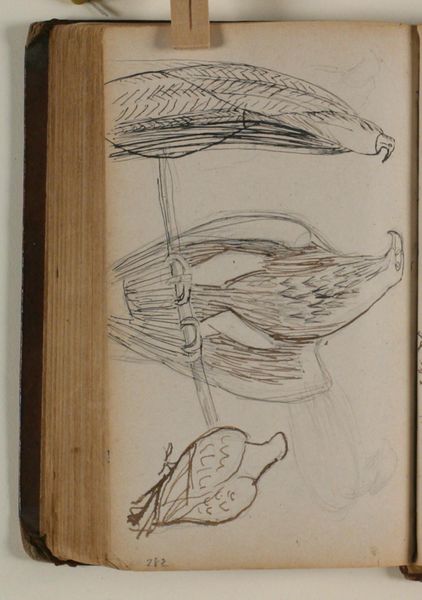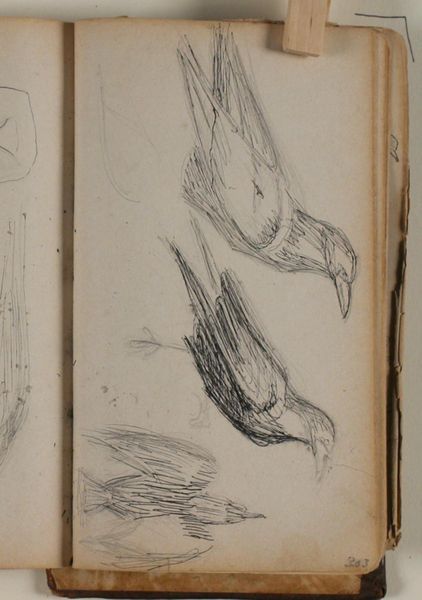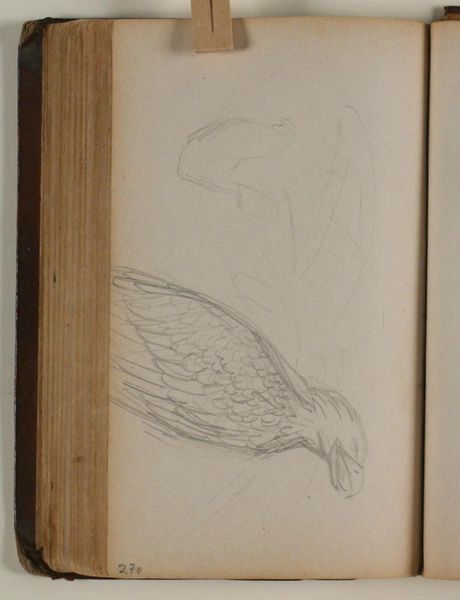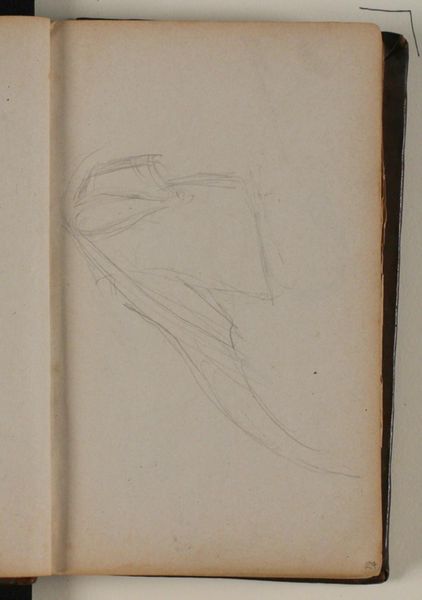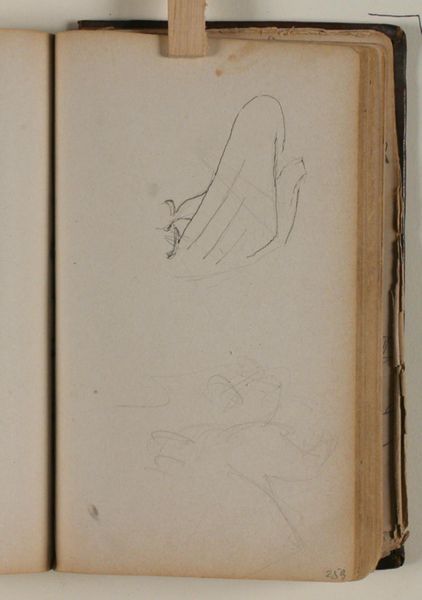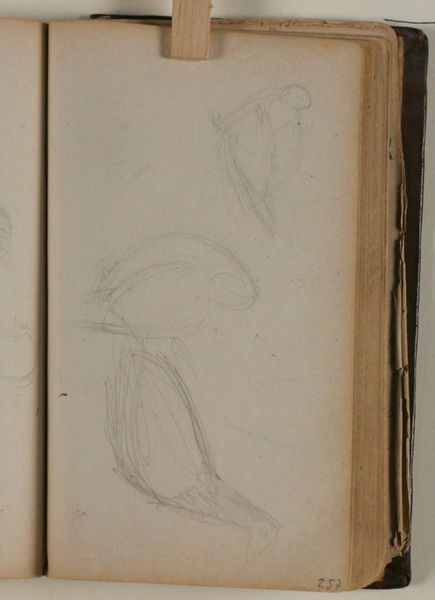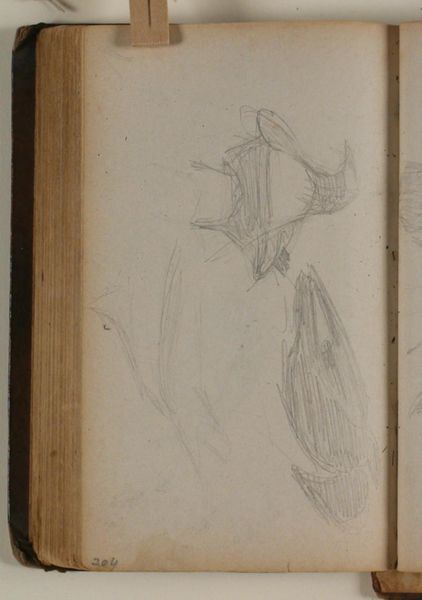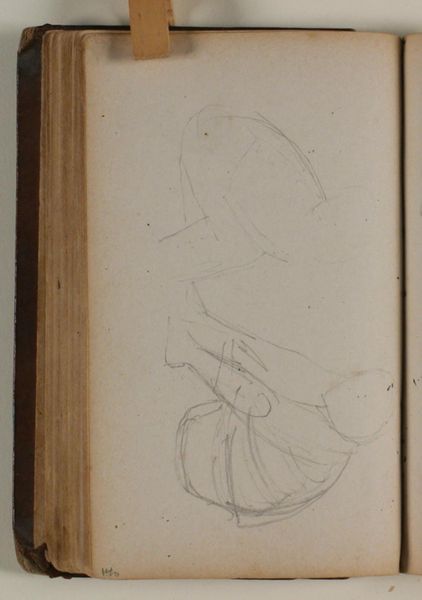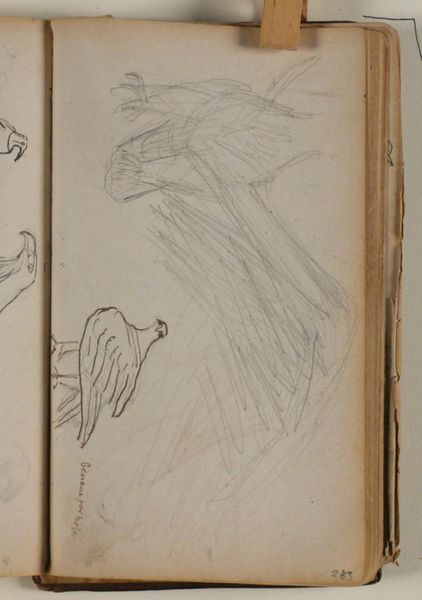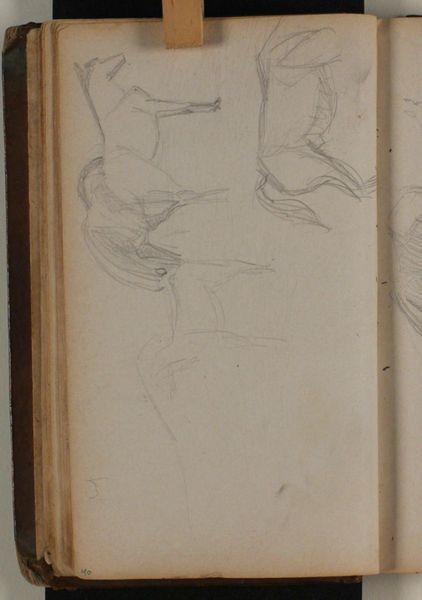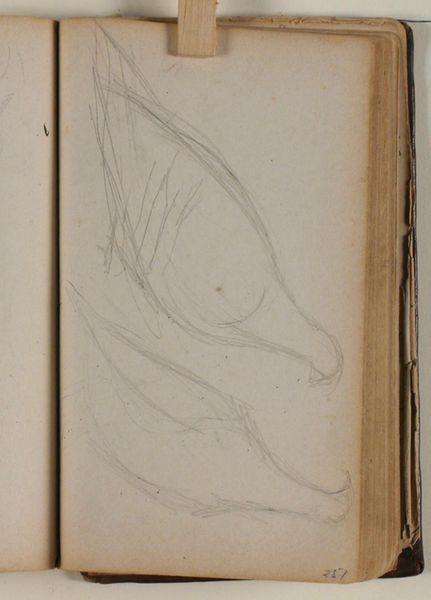
drawing, paper, pencil
#
drawing
#
figuration
#
paper
#
pencil
Editor: Here we have Niels Larsen Stevns's "Studies of Crows," a pencil drawing on paper, dating from 1864 to 1941. The sketch-like quality feels very immediate. What do you see in this piece? Curator: Beyond the immediacy, I see a powerful connection to nature and a reflection of Stevns's socio-political context. Consider how representations of nature often become symbolic landscapes of national identity, particularly in periods of cultural and political upheaval. Do these quick studies capture something more profound about the artist's relationship to his environment, or perhaps, anxieties about the changing world around him? Editor: I hadn't thought of that. The crows feel so simply observed, almost like a child's drawing, that I missed the deeper potential readings. Curator: Think about the crow itself as a symbol. Often associated with ill omens, but also with intelligence and adaptability. How might Stevns be using this animal to comment on the human condition? Consider, too, how marginalized communities have historically used animal symbolism to express resistance and critique dominant power structures. Does that provide another interpretive lens? Editor: That's really insightful. So, even a seemingly straightforward sketch of crows can be loaded with meaning, tied to broader historical and social contexts? Curator: Precisely. And it reminds us to always question the narratives presented to us, to look for the voices that may be hidden or silenced within an artwork. Editor: I see how analyzing art through a historical lens really opens up new pathways of thought. Thanks! Curator: Absolutely! Remember, art is never created in a vacuum. Its meaning is co-created through its engagement with the world.
Comments
No comments
Be the first to comment and join the conversation on the ultimate creative platform.
